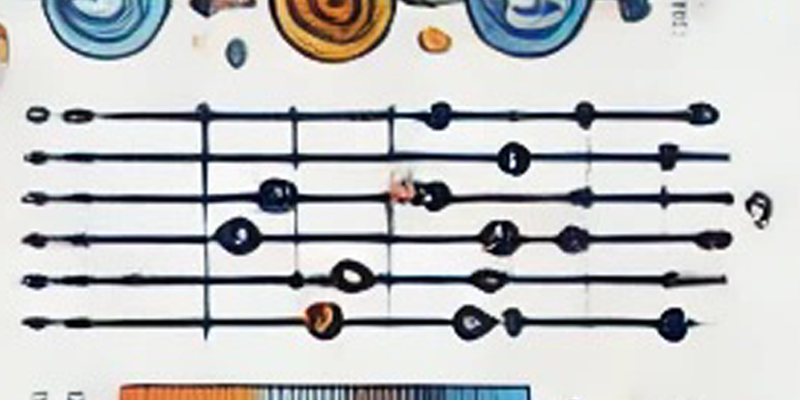The CAGED system is a method for learning the guitar fretboard by dividing it into five sections, each based on an open chord shape. This system allows guitarists to visualize and navigate the entire neck of the guitar using familiar chord shapes. The CAGED system derives its name from the five open chord shapes: C, A, G, E, and D.
1. C Shape
The C shape is based on the open C major chord. By barring the fret and moving this shape up the neck, you can play any major chord. The root note is on the A string.
Example: C Major at 8th fret
e|--0--| e|--8--|
B|--1--| B|--8--|
G|--0--| G|--9--|
D|--2--| D|--10-|
A|--3--| A|--10-|
E|--x--| E|--8--|
2. A Shape
The A shape is based on the open A major chord. It can be moved up the neck by using a barre. The root note is on the A string.
Example: A Major at 5th fret
e|--0--| e|--5--|
B|--2--| B|--5--|
G|--2--| G|--6--|
D|--2--| D|--7--|
A|--0--| A|--7--|
E|--x--| E|--5--|
3. G Shape
The G shape is based on the open G major chord. This shape can be difficult to use as a barre chord but is useful for understanding chord construction. The root note is on the E string.
Example: G Major at 3rd fret
e|--3--| e|--3--|
B|--0--| B|--3--|
G|--0--| G|--4--|
D|--0--| D|--5--|
A|--2--| A|--5--|
E|--3--| E|--3--|
4. E Shape
The E shape is based on the open E major chord. This is one of the most common shapes used for barre chords. The root note is on the E string.
Example: E Major at 12th fret
e|--0--| e|--12--|
B|--0--| B|--12--|
G|--1--| G|--13--|
D|--2--| D|--14--|
A|--2--| A|--14--|
E|--0--| E|--12--|
5. D Shape
The D shape is based on the open D major chord. It can be moved up the neck with a barre. The root note is on the D string.
Example: D Major at 10th fret
e|--2--| e|--10--|
B|--3--| B|--10--|
G|--2--| G|--11--|
D|--0--| D|--12--|
A|--x--| A|--x---|
E|--x--| E|--x---|
How the CAGED System Works
The CAGED system helps in visualizing how chords and scales overlap on the fretboard. By learning the five shapes, you can see how they connect and move up the neck, providing a framework for improvisation and chord voicings.
For example, the C major chord can be played in five positions using the CAGED shapes:
- C Shape at the open position
- A Shape at the 3rd fret
- G Shape at the 7th fret
- E Shape at the 8th fret
- D Shape at the 10th fret
Benefits of the CAGED System
- Fretboard Familiarity: Helps guitarists understand the fretboard layout.
- Versatility: Provides multiple ways to play the same chord, enhancing musical creativity.
- Improvisation: Assists in soloing by showing how scales and chords connect.
- Chord Voicings: Offers different voicings for the same chord, enriching harmonic options.
Conclusion
The CAGED system is a powerful tool for guitarists, providing a structured approach to learning chords and scales across the entire fretboard. By mastering these five shapes, you can unlock the full potential of the guitar and improve your overall musicianship.

